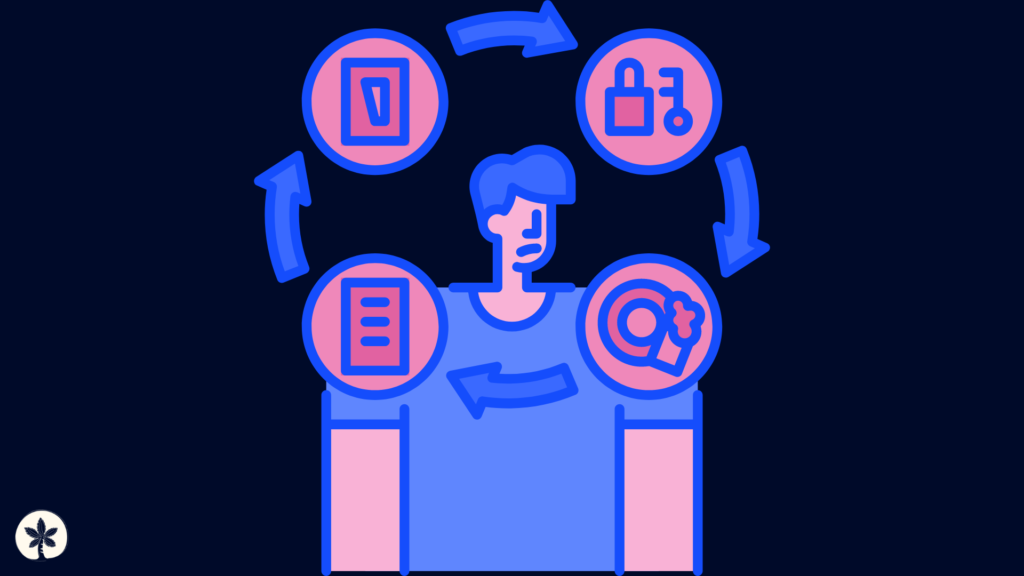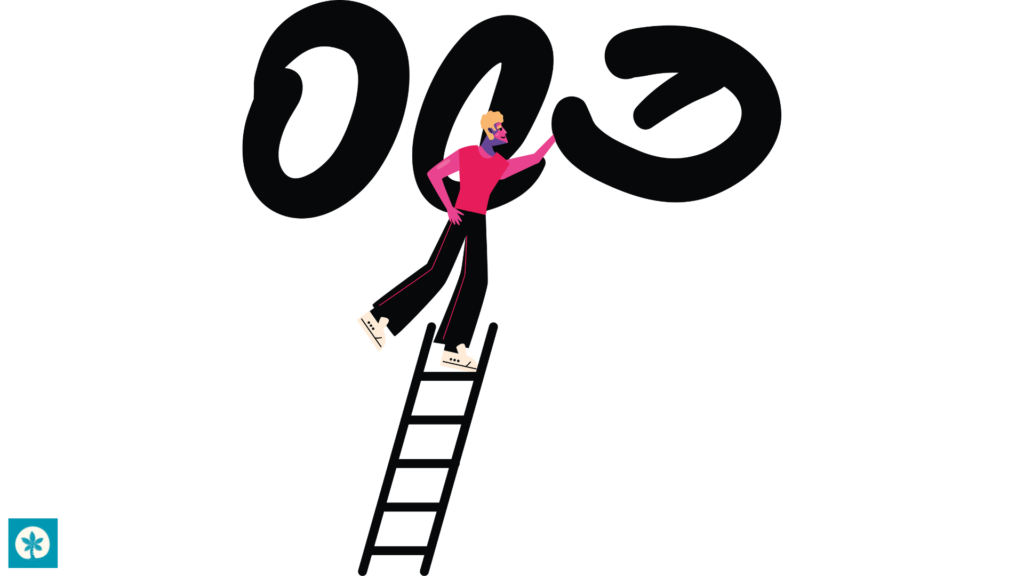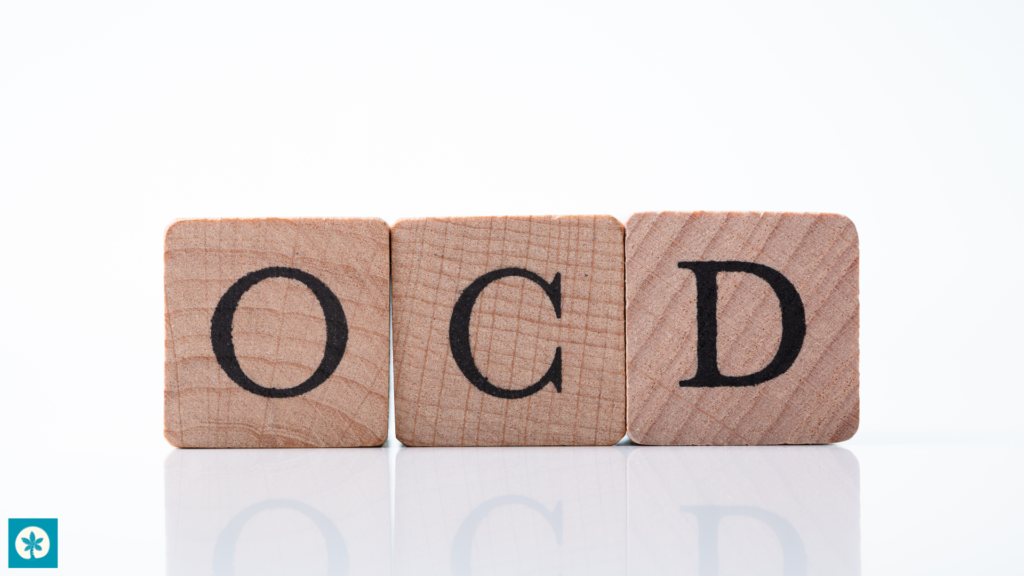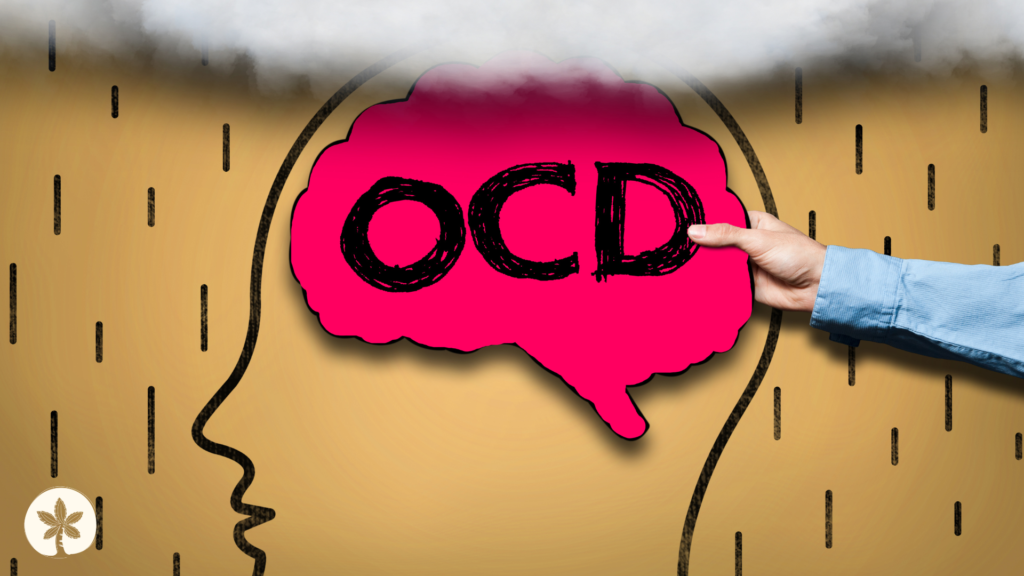Understanding Religious and Moral Obsessions: OCD in the Latinx Community
Mental health concerns can often go unrecognized or misunderstood in the Latinx community, where faith, family, and tradition are deeply intertwined. One such challenge is Obsessive-Compulsive Disorder (OCD) with religious and moral obsessions—commonly referred to as “scrupulosity.” This condition can have a profound impact on individuals, especially in a culture that values spirituality and moral conduct. As we work to break the silence around mental health in the Latinx community, it’s important to shed light on this condition, which often thrives in secrecy and misunderstanding. What is Religious/Moral Obsessions OCD? Religious/Moral Obsessions OCD, or scrupulosity, involves intrusive thoughts and compulsions centered around religious, moral, or ethical themes. These intrusive thoughts often create extreme anxiety for the individual, leading them to engage in repetitive behaviors or mental rituals to alleviate the distress. People struggling with this type of OCD may experience intense guilt, fear of sinning, or worries about being morally or spiritually “bad.” For example, a person might have repeated thoughts like “What if I’m offending God?” or feel compelled to pray or seek reassurance excessively. According to the International OCD Foundation, up to 33% of individuals with OCD experience some form of religious or moral obsession. Given the importance of religion and moral values in many Latinx households, this form of OCD can go unnoticed or misunderstood, often being mistaken for strong faith rather than a debilitating mental health condition. Scrupulosity and the Role of Catholicism In the Latinx community, Catholicism is the predominant religion. Over 77% of Hispanic adults identify as Catholic, according to a study by the Pew Research Center. Catholic teachings and traditions often emphasize moral conduct, sin, confession, and redemption, making individuals more susceptible to scrupulosity. This form of OCD can cause individuals to overanalyze their thoughts and actions, fearing that they have violated religious or ethical codes in some way. For example, a person with scrupulosity might attend confession multiple times a day, seek excessive reassurance from their priest, or pray compulsively to “erase” blasphemous thoughts. They might also avoid certain places or people they associate with sin or moral failure. This not only disrupts their spiritual life but also their social and personal functioning. OCD and Latine Heritage: Cultural Nuances The intersection of OCD and Latine cultural values adds layers of complexity to the condition. Family, spirituality, and collectivism are core aspects of Latine identity, but these values can inadvertently contribute to the silence around mental health. Many in the community are taught that discussing psychological struggles is a sign of weakness or lack of faith, leading to shame and isolation for those experiencing conditions like OCD. In addition, some may feel they’re being punished for past sins or have “fallen short” in their faith, reinforcing the cycle of anxiety and compulsion. The lack of understanding within the family and community can result in dismissive statements like, “You just need to have more faith,” or “Pray harder.” But it’s not about lacking faith—it’s about managing a serious mental health condition that requires compassion and support. The Impact of Unrecognized Scrupulosity When untreated, scrupulosity can have devastating consequences. Individuals may withdraw from their families, friends, and religious communities out of fear and shame. They might feel compelled to engage in mental rituals or avoidance behaviors, like avoiding church or refusing to read certain scriptures, which can further isolate them and interfere with their daily functioning. Moreover, untreated OCD is associated with higher rates of depression and anxiety, which are already prevalent in the Latine community. The National Alliance on Mental Illness (NAMI) reports that 34% of Latine adults experience depression at some point in their lives, and they are less likely to seek treatment due to cultural stigmas and barriers such as cost, language, and access to culturally competent care. Seeking Help: A Path to Hope and Healing So, what can be done? First, it’s crucial to recognize that OCD is not a reflection of someone’s faith or moral character. With appropriate treatment, which may include Cognitive-Behavioral Therapy (CBT), Exposure and Response Prevention (ERP), and sometimes medication, individuals can find relief and regain a healthy relationship with their faith and values. Family support is also key. Family members and religious leaders can help by learning about OCD, validating the individual’s experience, and encouraging them to seek help from a licensed professional. Therapists who are sensitive to cultural and religious nuances can make a world of difference in the healing process. How Saname Counseling Can Help At Saname Counseling, we understand the unique challenges that Latineindividuals face when it comes to managing conditions like OCD, especially those involving religious and moral obsessions. Our team of trauma-informed, culturally competent, and EMDR-trained therapists offers support that honors both mental health and the individual’s cultural and spiritual values. We provide a safe space for those dealing with scrupulosity to process their thoughts and develop healthier, more compassionate ways of engaging with their faith. Moving Forward with Strength and Resilience Let’s acknowledge the strength and resilience of the Latine community. Part of this strength comes from being able to talk openly about our struggles and seeking the help we need. If you or someone you love is dealing with OCD, remember that help is available, healing is possible, and faith can be a source of strength, not a source of fear. By raising awareness about scrupulosity and offering culturally informed support, we can ensure that our community thrives, spiritually, mentally, and emotionally. At Saname Counseling, we’re here to walk alongside you on your journey to healing. If you’re interested in learning more or scheduling an appointment, contact us today.
Understanding Religious and Moral Obsessions: OCD in the Latinx Community Read More »




